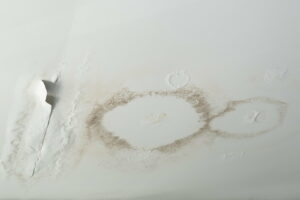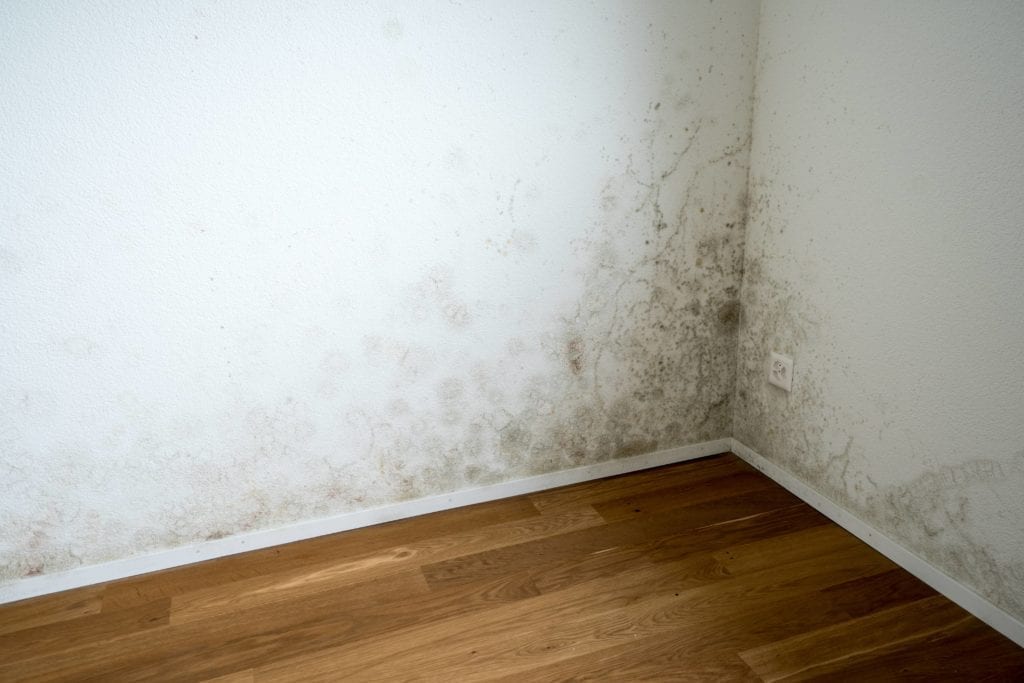Erase The Trace - Identifying And Repairing Water Stains On Walls
Erase The Trace - Identifying And Repairing Water Stains On Walls
Blog Article
Have you been searching for help about How to Remove Water Stains from Walls and Ceilings?

Water discolorations on wall surfaces are not positive to the eyes. Your home should be without stains on the walls, roofing system, or floors. That is the perfect state of a home and its structures. In some cases it appears nearly inescapable to experience water spots on wall surfaces in houses.
Home owners living in damp regions constantly deal with the anxiety of water spots on walls. With accurate and also all-round info on the causes of water discolorations as well as prompt fixing procedures, you will constantly be a step in advance of such occurrences.
3 Usual Root Causes Of Water Stains on Wall Surfaces
In contrast to popular belief, water discolorations on walls do not constantly come from inadequate building materials. There are a number of causes of water spots on walls. These consist of:
Poor Drainage
When making a structure plan, it is crucial to guarantee adequate drain. This will protect against water from leaking right into the wall surfaces. Where the water drainage system is blocked or nonexistent, underground dampness builds up. This web links to too much dampness that you observe on the wall surfaces of your building.
So, the leading reason for damp wall surfaces, in this case, can be a bad drain system. It can likewise result from bad monitoring of sewage pipes that go through the building.
Damp
When hot wet air meets completely dry cool air, it creates water beads to form on the walls of buildings. This occurs in kitchens and bathrooms when there is vapor from food preparation or showers. The water droplets can discolor the surrounding walls in these parts of your house as well as spread to other areas.
Damp or condensation affects the roof and also wall surfaces of structures. This causes them to appear darker than various other areas of the home. When the wall surface is wet, it develops an appropriate environment for the development of fungis as well as microbes. These might have negative impacts on health, such as allergic reactions as well as respiratory problems.
Pipeline Leaks
A lot of homes have a network of water pipelines within the wall surfaces. It always raises the feasibility of such pipes, as there is little oxygen within the wall surfaces.
A drawback to this is that water leak impacts the walls of the structure and also triggers prevalent damage. A telltale sign of damaged pipes is the look of a water discolor on the wall surface.
Water Spots on Wall: Fixing Tips
Homeowners would generally desire a quick fix when managing water spots. Yet, they would soon recognize this is detrimental as the water spots recur. Below are a few helpful ideas that will assist you in the repair of water spots on walls:
Pro Pointer
A houseplant in your home likewise raises its humidity. If the home is currently moist, you may want to present houseplants with marginal transpiration. An example of suitable houseplants is succulents.
Final thought
Although no person wishes to have water spots on walls in their house, it can occur to the very best of us. This write-up offers you leverage, as you now know how to handle this accident if it does happen.
It is always best to recruit expert services to assist repair the damages in your home.
Often it seems nearly unavoidable to experience water spots on walls in houses.
Contrary to popular belief, water stains on wall surfaces do not constantly stem from bad structure materials. There are several reasons of water spots on walls. The water beads can stain the bordering wall surfaces in these parts of your residence as well as spread to various other areas.
Here are a couple of practical suggestions that will lead you in the repair service of water spots on walls:
How to identify and deal with water spots on walls and ceilings
Where is water coming from?
Where is the water coming from? Is the roof above it? Or how about a bathroom? Potentially a leaky pipe? Whatever is up, it’s wet. Repairs cannot be attempted until the source is identified and the necessary repairs made. Otherwise, repairs are moot. The water stain will just come back.
Many times the repair is simple. A common source is water seepage. A shower pan or piping that once had be caulked could have sprung loose causing a slowly leaking pipe. Address potential piping issues before proceeding.
If it’s the roof that’s up, check it for leaks. Roof water is not always attributed to a roof problem. Depending where in the country you are located, you could be looking at an ice dam, which means new insulation and repairs. Roofs can leak, shingles can slip. Again, the repairs must be made before any patch work can happen inside.
Why is there a water spot?
Water stain repairs always come last. Repairing a water stain inside your home before addressing the issue is going to lead to disappointment. Repairs will quickly be taken apart by a continuous leak. You will need to see how wet the area actually is. Potentially, you could be looking at taking out a piece of the ceiling or drywall to get down to a dry bones before moving forward. If you neglect this step, you are sure to have bleed through on the repair.
How to go about fixing the problem?
Clean.
Once the underlying cause of the stain is dealt with, you can begin by cleaning the stain with bleach. Mix one cup of bleach with three cups of warm water and wipe the wall down. This mixture will also remove any leftover mildew, dirt or dust that could prevent a good paint job. Rinse the solution off with a spray bottle and towel.
Prep.
Get a drop cloth set up on the floor below your project. If the mess is on a ceiling, protective gloves and goggles will be crucial. After the area is dry, tape off any areas, like trim, you want to keep paint-free.
Prime.
Use a good quality base coat of stain-blocking primer. Your ceiling is probably painted with an interior latex paint, meaning it is water soluble. Water will destroy this kind of paint and cause lingering issues with your job. The base coat will block this from happening again in the future.
Paint.
After ample drying time, apply at least two coats of ceiling paint, with drying time in between. Oil-based ceiling paints will contain more volatile organic compounds (VOCs) and fumes, so take precautions not to expose yourself to this paint for too long.
Your ceiling should look pristine a new. Provided the problem has been completely solved, there will be no returning halo in your paint job.

Hopefully you enjoyed reading our topic on . Many thanks for taking a few minutes to browse our piece. Sharing is caring. Helping people is fun. I treasure reading our article about .
Course Detail
Report this page